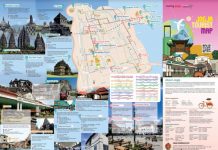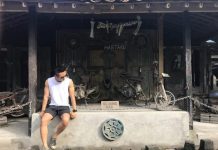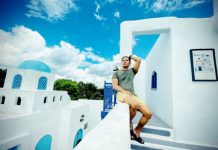The sound of tree twigs and the whirring of the wind became a guest for us when entering the Wanagama Forest area. Do not miss the sound of the tongkerat that are intertwined with one another and the sunlight that penetrates between shady leaves of trees that cover the ground.
Starting from an expectation to develop a green area that is in the midst of barren land in the Playen area of Gunung Kidul. That hope was raised by Prof. Oemi Hanin Suseno in 1964. With personal capital he wanted to maintain biodiversity in the forest area.

Tree species in Wanagama Forest
In 1964 Wanagama was only a forest with an area of 10 ha and did not have much biodiversity. Efforts without surrender was finally pay off. This time, the area of Wanagama forest is 600 ha and has various types of trees, such as pine (Pinus merkusii), ebony (Diospyros celebica) Blackwood from Sulawesi, sandalwood (Santalum album) fragrant tree, mulberry (Morus Alba) and teak (Tectona grandis) .

This area is crossed by three rivers such as Oya, Sendang Ayu and Banyutibo. I could set foot on Sendang Ayu at the foot of the hill. The water is clear and often becomes consumption for people around the Wanagama forest. The combination of trees and a calm river flow becomes a tranquil destination for the soul in the hot sun.
This Forest Area has a wealth of Flora and Fauna. Various plants from several regions can be found here. Completely, there are around 550 types of plants. Among them, acacia trees, trees that are widely used in the paper industry, eucalyptus trees, as the basic material for making eucalyptus oil, pine trees are usually found in Sumatra, woody trees originating from Sulawesi, mulberry trees, fragrant trees and teak trees. One of the teak trees in the forest has such a proud history. This tree was planted by Prince Charles when he visited in 1989. In addition, a variety of fauna lives peacefully in protected forest areas which became the research center of the Faculty of Forestry at Gajah Mada University. Various reptilian of forest dwellers, poultry and apes.

Inside the Wanagama forest area a hall or pavilion is built and often used for various events and as a place of rest for tourists. There are also campsites with sufficiently complete supporting facilities such as clean water for sanitation, electricity, and guaranteed security.



